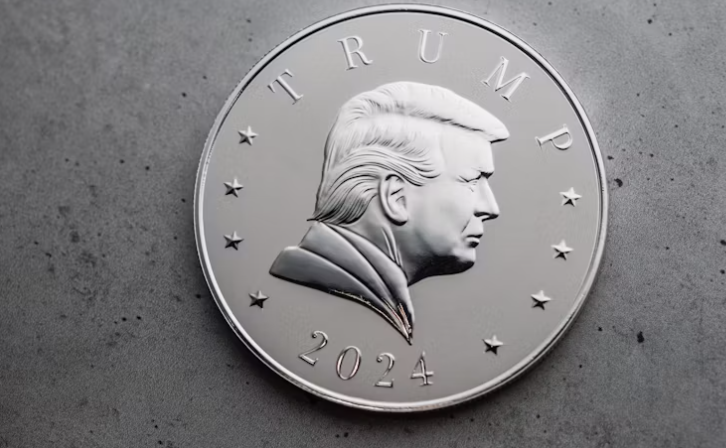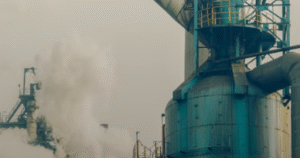$SPY $DXY $BABA
#trade #tariffs #markets #stocks #economy #exports #China #US #investing #globaltrade #supplychain #stockmarket
The uncertainty surrounding President Trump’s trade policies, especially in relation to tariffs on key imports and partners such as China, has been a topic of significant concern in the global markets. After President Trump imposed tariffs on imported steel and aluminum in 2018, and later escalated the trade war with additional tariffs targeting billions of dollars in Chinese goods, markets reacted with volatility. Investors were concerned that these actions could hurt U.S. businesses that rely on foreign materials, while at the same time straining the U.S.’s relationship with one of the world’s biggest economies, China. Financial markets, particularly the S&P 500 Index ($SPY) and the U.S. Dollar Index ($DXY), demonstrated swift and often unpredictable reactions to updates on trade talks or changes in tariff policies.
While businesses facing higher input costs were one area of concern, the broader impact on global supply chains was another factor driving market anxiety. Many U.S.-based firms that had outsourced production to Chinese manufacturers or were inextricably linked to parts made in China now found themselves scrambling for alternatives. Moreover, the uncertainty was particularly devastating for sectors like technology and agriculture, which rely heavily on a stable trade ecosystem. For example, companies like $BABA (Alibaba), one of China’s major tech giants, saw their shares fluctuate as the tension between the two superpowers mounted. Investors who were already cautious about overexposure to international markets now had to consider geopolitical risks more actively when making portfolio decisions.
Global markets were not the only ones reacting negatively to the trade policies; economies in both the U.S. and China felt the pinch from tariffs. Several U.S.-based corporations issued warnings about reduced profit margins and slower global growth. The manufacturing sector, which heavily depends on a complex network of international suppliers, was especially impacted. On the flip side, although the U.S. administration argued that tariffs would protect domestic industries by reducing import competition, this was not without costs. Prices for certain consumer goods rose as companies passed on the higher import costs to American shoppers. Distortions in global trade patterns emerged as well—other nations began to look for alternative trade partners or reconfigure their supply chains to avoid heavy tariffs.
For many investors, avoiding companies with high levels of exposure to the trade conflict became a common strategy. Asset managers began advising clients to look for opportunities in areas that were less vulnerable to trade policy uncertainty, such as domestic-focused stocks or sectors like utilities and healthcare. At a broader economic level, the confusion about how long tariffs and trade negotiation disruptions would persist led to reduced business investments. Companies were hesitant to make large capital expenditures when they couldn’t predict the longevity of tariffs or the possibility of a resolution. This reduction in spending, combined with a pullback in consumer confidence, added to concerns of an economic slowdown, which in turn, affected market sentiment worldwide. While some of the adverse effects of tariffs could be mitigated through timely policy resolutions, the long-term uncertainty prompted businesses and investors to approach the situation with caution, keeping their eyes on policy shifts in Washington and Beijing.











Comments are closed.